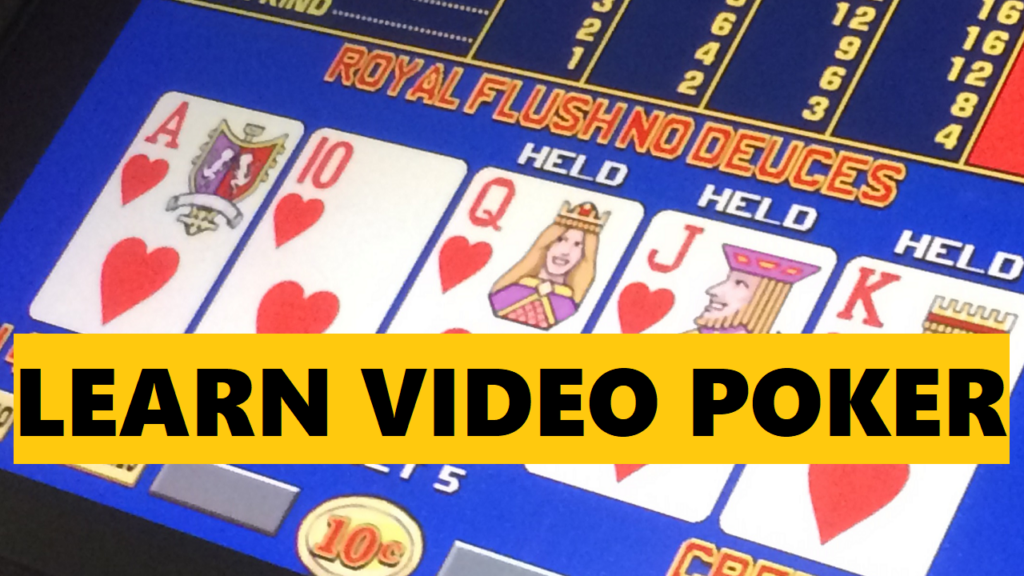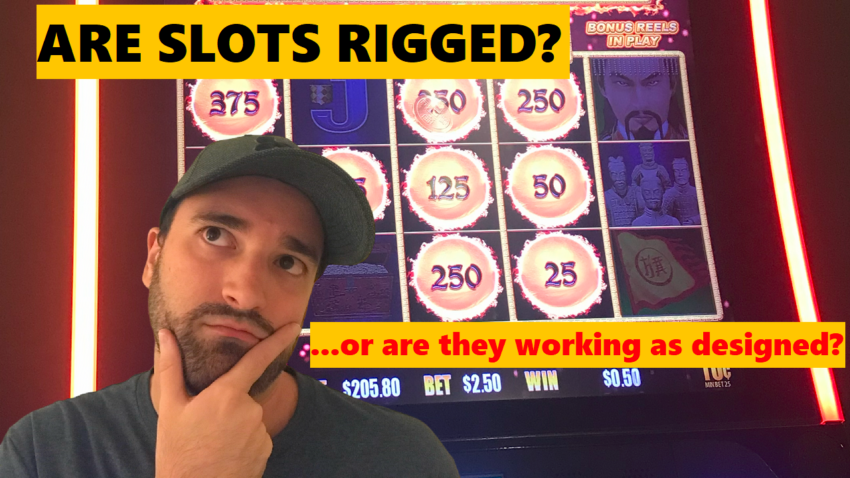If slots are random, how can they be set a specific payback percentage? This is a very big question that many people have asked and continue to ask. Some slot channels have made attempts at answering this. Marc did a great job with his video, however I want to throw my hat into the ring and give my own take. The lack of understanding on this topic has allowed for various myths and incorrect information to propagate among slot and casino players. I hope in this article I can help add to this conversation and make it easier for you to distinguish between a game’s payback percentage and the concept of a random game. Without further ado, let’s begin!
So to start off, we need to go over what payback percentages are and how they are calculated. That means it’s time for everyone’s favorite school subject: MATH (#sarcasm)!
Luckily for you, I will be doing the math so all you have to do is sit back and watch. The payback percentage, sometimes called RTP or “Return To Player” is the percentage of money that a slot machine returns to all players collectively who play that slot over its lifespan. A game’s payback percentage can be calculated with this simple equation:
Probability x Payoff = Payback Percentage
It’s that simple! Now for slots, the reality is slightly more complex, but to demonstrate, I will first start by using roulette as an example.
You are at a double-zero roulette game you want to make a $1 bet on a single number. The probability that the ball will land on that exact number is 1 in 38. The payoff if you win is 35 to 1. Including your bet back, that makes it a total of $36. Multiply 1/38 by $36, you get 36/38, which equals 0.9474 or 94.74%. That is the payback percentage for that bet! Put it another way, subtract it from 100% to get the inverse of the payback percentage, better known as the house edge, which results in 5.26%.
Now with slots, after making a bet and hitting the spin button, you have more possible winning outcomes to account for: cherries, bars, sevens, etc. By contrast, with roulette, there is only one winning outcome for each bet, whether you are betting on a single number, a group of numbers, or a color. That means with a slot game, you have to take the probability of every possible winning combination shown on the pay table and multiply by each combo’s payoff. You do this separately for each possible win and then add up the results to get the total payback percentage for the entire game. To visually explain what I just described, let’s take a look at this spreadsheet I made for a very simple slot game.
In this made-up slot, there are only 5 possible winning combinations: three sevens, three bars, three cherries, two cherries, and one cherry. The next two columns show the probability of each win and the pay table. On the first row, the probability of landing three sevens is 1 in 10,000 or 0.01%. The payoff is 500 units or credits, assuming a bet of just 1 credit. Multiply the two values and that equals a return of 0.05 or 5%. Do the same math for the next few rows to get the returns for the three bars and the cherries. The probability of a losing spin is just under 69%, which means the hit frequency of this game is just over 31%. Finally, add up all of the values on the return column to get the total payback percentage of the game. In this example, it adds up to 0.96 or 96%.
Most slots these days are more complex that what I just presented, as you would need to take into account any bonus rounds or free games, but the general concept is the same. Now let’s briefly take a look at 9/6 Jacks or Better video poker. This chart was taken from a strategy analyzer. Notice that there is a payoff and probability column. If you multiply those values for each winning hand, you will find the exact same result as shown in the return column at the very right. Add all of the returns up to get the total payback percentage at the bottom, which is 99.54%. Unlike slots, if the casino wants to lower or increase the payback percentage of a video poker machine, they cannot change the probability of you being dealt specific cards, as that is fixed to a standard 52-card deck; they can only adjust the payoffs for certain poker hands, usually noticeable with the full house and flush. However, the probability of drawing specific hands can still be different depending on the video poker variant that you are playing. This is solely because of strategy changes. If you are playing Double Double Bonus for example, the probability of making a royal flush or any other hand will be different due to the difference in strategy compared with Jacks or Better, as all video poker strategy is totally focused on optimizing for the highest possible payback percentage.
OK, so I hope you understand how payback percentages are calculated. We took a look at roulette, slots, and video poker. But what does that have to do with randomness? How can a slot be random and still pay less than what it takes in? Every game in the casino floor has an element of randomness no matter what. This includes totally luck-based games and skill games. The key is to knowing where the source of this randomness is coming from and how the results of each wagered game are determined. In roulette, the source of randomness is the spinning little white ball, which has an equal chance of landing on any of the 38 spaces on the wheel. In craps, it is the 36 possible combinations of a thrown pair of dice. In video poker, it is the shuffling of a single deck of cards before they are dealt to you. Since it is on a video screen, the RNG, or Random Number Generator, is used to do the shuffle. I did a video on how the RNG works in video poker. I recommend that you check it out! Finally, in a slot machine, the RNG is also the source of randomness and all that it is doing is that it is picking from the list of possible outcomes, whether or not each reel will have a seven, a bar, a cherry, or a blank on the payline. The probability table for that machine determines which symbols are more or less likely to land. There are more numbers that the RNG can choose that result in a blank than those that result in a seven, similar to how there are more ways for you to roll a seven with a pair of dice than say for example, snake eyes.
One big thing that slot machines do not display to the player is the probability of landing specific wins. There is no possible way to calculate it just from simple observation, which is unique compared to all other forms of gambling. Without knowing the probability of hits, we cannot independently calculate the payback percentage. I am sure this plays a big part in the continued proliferation of myths and bad advice about slot machines. There is a ton of flexibility on how slot makers can configure their games when it comes to probability. If we take a look at the slot game I made up again, I had to come up with the probability and payoff figures on my own. If I wanted to lower the payback percentage, I can reduce the probability of certain winning combinations appearing with no need to change the pay table, even though changing the pay table will also have the effect of changing the payback percentage.
In conclusion, the important thing you should take from this lesson is that any house-banked casino game, slots, video poker, and table games, are random and have a payback percentage. They are not mutually exclusive. Before we end it, let’s visit the question that is in the title of this video. Are slot machines rigged? Even if you agree with all that I’ve said, you may still believe or maybe come to the conclusion that yes it is rigged, and I definitely get that. However, rigged is not a word I would use in this case. Rather I’d say that slots are simply working as designed. Every casino game has a built-in edge for the house. That is the business model for a casino and slots are no different from any other game. I want to finish off by reminding you that if you plan on visiting the casino, remember that it should be for entertainment only. Use only money that you can afford to spend and stick to your budget!
As always, if you have any question or comment to add to the conversation, please put it in the YouTube video above.





